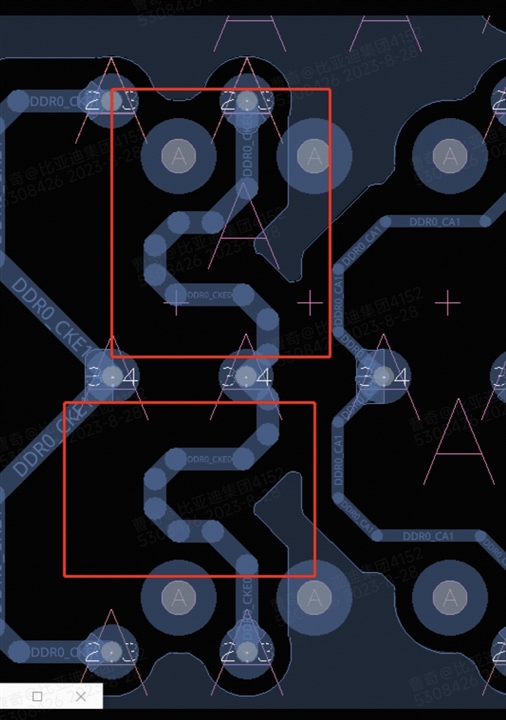In the PCB design file of the DEMO, the T-trace end of the CKP/N of LPDDR near the LPDDR particle PIN pin trace does not take the differential trace, what is the reason for not taking the differential line?
In the PCB design file of DEMO, the end of the T-trace of the CKE0/CKE1 of LPDDR is deliberately long, and the trace of the LPDDR particle PIN pin is deliberately long, and the shortest path is not taken. What is the reason for winding the end of the LPDDR particle PIN pin?



